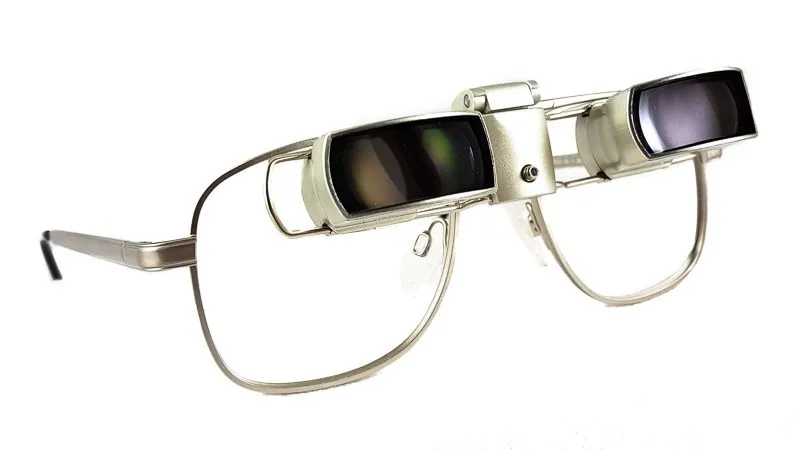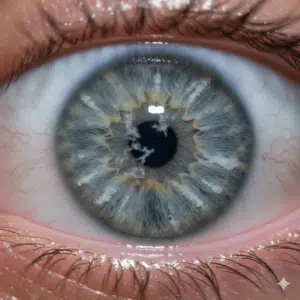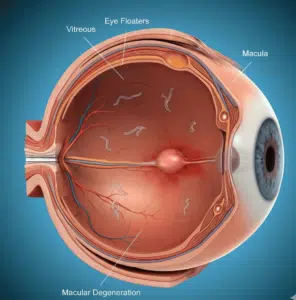
Many learners with visual impairments require ongoing assistance in both educational and community settings, requiring specially trained professionals such as teachers of students with vision impairments and orientation and mobility specialists.
Blindness and impairments to sight are prevalent, affecting people from all ages and backgrounds; however, certain conditions tend to affect certain populations more heavily than others.
Causes
Numerous diseases and conditions can contribute to visual impairment, from eye disorders such as cataracts and glaucoma to age-related macular degeneration and cerebral visual impairment, where damage to brain or nerves prevent it from processing vision correctly.
Many causes of vision impairment are preventable or treatable. Uncorrected refractive error is one of the leading factors for low and severe visual impairment in all age groups; other contributors include eye injuries, infections and chronic diseases like diabetes – which may lead to retinopathy of prematurity and macular degeneration.
Cataracts are one of the primary causes of blindness worldwide and affect people over 50 years old. Other significant contributors to vision impairment and blindness include glaucoma, diabetic retinopathy and AMD; many can be prevented or treated successfully, although access to quality eye care services remains an issue in some regions.
Research shows that visual impairment and blindness can have a devastating impact on one’s life both emotionally and socially. It can affect an individual’s ability to work, drive, or read; cause isolation and stress which in turn has been shown to increase risk factors associated with other health conditions and premature mortality; as well as having ripple effects among family members and caregivers.
Noting the definition of visual impairment varies from country to country is crucial; in the US it is typically measured using best-corrected visual acuity (BCVA), which measures how well someone can see at 20 feet using Snellen eye charts; however, many developing countries take a more stringent approach by including other measures like glaucoma, macular degeneration and cataracts; their assessment also determines if you can distinguish light from dark environments.
Legal definitions of blindness can be used as criteria for eligibility in vocational training, rehabilitation, schooling, disability benefits and tax exemption programs. On the other hand, educational definitions do not impose stringent criteria regarding visual acuity measurements or eye diseases or conditions – making them less stringent than medical definitions of blindness.
Symptoms
People living with visual impairments can suffer from many different kinds of visual impairments that hinder their vision, including blurry or double vision, blind spots, limited peripheral vision, reduced night vision and color vision deficiency. Loss may come gradually or suddenly and could impact either eye; individuals living with cataracts, glaucoma and macular degeneration may be at greater risk than others for visual impairment; brain and nerve disorders also increase this risk; such impairment can also manifest itself through cortical visual impairment (CVI).
Blurred vision is an often experienced condition and could be due to numerous causes. These could include refractive errors such as nearsightedness (myopia) or farsightedness (hypermetropia), macular degeneration or other conditions like retinitis pigmentosa or retinal hemorrhages that blur central vision and cause objects to appear as though seen through a straw.
Age-related and disease-induced causes of blindness are two primary contributors to sight loss. Macular degeneration – where tissues at the center of your retina thin out over time, leading to gradual central vision loss – is usually at fault; other causes include cataracts, glaucoma, diabetic retinopathy and retinitis pigmentosa can all play their parts as well. Diabetic retinopathy occurs when high blood sugar levels damage small blood vessels in your retina at the back of your eye causing severe vision loss or even blindness if left untreated.
Keratitis and corneal ulcers can also impair vision, often manifested by red, painful eyes with unilateral decreased or blurry vision that should be evaluated by an ophthalmologist in order to be managed with appropriate treatments. These conditions should always be taken seriously as early detection is key!
Stay alert for sudden vision loss as this could indicate an eye emergency. If this occurs, immediately use a tono-pen to measure intraocular pressure before visiting an ophthalmologist for evaluation and treatment. Other symptoms associated with eye emergencies may include headache, nausea and vomiting as well as eye pain.
Treatment
Treatment options exist for visual impairments, though no cure can be guaranteed. Eye exercises, surgery and medication may all provide some assistance; additionally, many visually impaired people use assistive devices such as magnifying software that enlarges onscreen text or speech-to-text programs to read out loud text on screens.
Vision loss can cause other health complications and lead to decreased quality of life, often known as comorbidities or secondary effects of its underlying condition. This is particularly evident among older individuals suffering age-related vision loss due to cataracts, glaucoma or macular degeneration; which are linked with depression anxiety and loneliness as risk factors.
Diagnostic strategies for vision problems vary, including physical exams and eye tests. Your physician or eye specialist will ask about symptoms and your history before conducting a comprehensive exam of both eyes, including measuring best corrected distance visual acuity using Snellen charts.
The score obtained from these assessments is used to categorize an individual’s level of visual impairment; the higher their score is, the worse their vision is. A person with normal vision can distinguish letters or numbers in print at 6 meters away and identify faces, objects, and vehicles; those with severe visual impairment typically only see large letters but cannot differentiate shapes easily and have restricted field of vision.
Some diseases and conditions, including ocular herpes, trachoma and albinism can result in permanent blindness; others, like glaucoma or cataracts can be treated through medication or surgery.
Some individuals with vision impairment can be helped through regular eye exams and medical care, including regular exams with eye specialists, using proper lenses, wearing protective goggles when playing sports, not smoking excessively or excessive UV radiation exposure, limiting UV radiation exposure through smoking cessation programs or avoidance, etc. With an aging population and rising chronic disease burden expected to increase over the coming decades, more people may suffer visual impairment. Early diagnosis and appropriate treatments can preserve quality of life and preserve quality of life for the individual affected.
Prevention
Many causes of vision loss, such as cataracts and AMD, are preventable with early diagnosis through an eye exam. A comprehensive dilated eye exam may be the only effective means of doing this.
In the United States, approximately 80 percent of blindness and visual impairment can be avoided through effective prevention measures and treatments such as uncorrected refractive error correction, diabetic retinopathy treatment, glaucoma management or cataract removal.
As more baby boomers transition into senior adulthood, preventable blindness and visual impairment will increase. Baby boomers in particular are at increased risk for vision-impairing conditions like macular degeneration and glaucoma due to their advanced age.
Preventable vision loss can be reduced through providing people with timely, quality healthcare – including health promotion and prevention activities and screening for eye diseases – at an earlier age. Primary care clinicians are well suited to have a positive effect on patients’ vision by screening for eye diseases, aggressively controlling known risk factors and referring them to specialists for further evaluation and treatment.
An annual comprehensive dilated eye exam is the only sure way to detect early symptoms and signs of eye diseases, including diabetic retinopathy, glaucoma, age-related macular degeneration (AMD) and cataracts. This screening process is especially vital for people over 50 as many of these conditions often show no symptoms at first and screenings play an essential part in early diagnosis and treatment of disease.
People can also take steps to safeguard their eyesight by limiting UV exposure, quitting smoking, eating healthily, engaging in regular physical activity and maintaining an ideal body weight. People can support efforts that focus on developing and implementing public health policies, interventions and programs designed to prevent vision loss due to eye diseases or other conditions; such as expanding coverage for routine eye exams in health insurance plans; providing affordable quality healthcare options to everyone; as well as making sure all people – especially the vulnerable ones – have access to eye care services.












